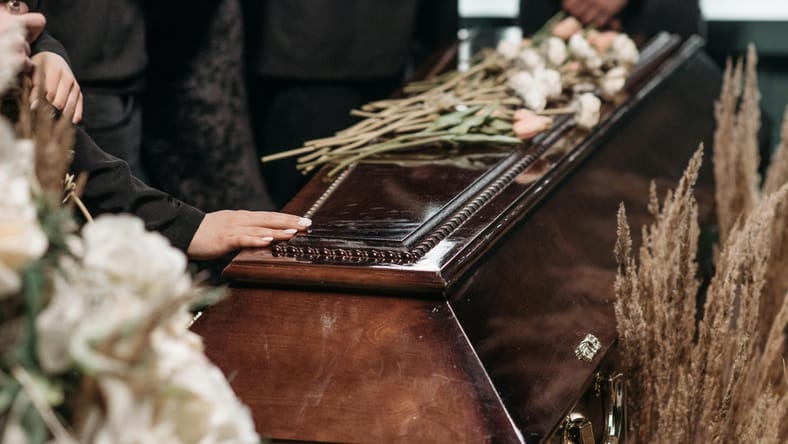
The way we honor the dead has always reflected the values, fears, and beliefs of the living. And while modern funerals may seem somber and uniform, funeral practices in the 1700s were anything but. Across Europe and colonial America, death wasn’t just mourned. It was surrounded by rituals that were strange, spiritual, and sometimes downright unsettling.
This list dives into funeral customs from the 18th century that may seem unbelievable today. Whether rooted in superstition, tradition, or social pressure, these death rituals provide a glimpse into how people made sense of mortality in a much different time.
10. Mourning Rings
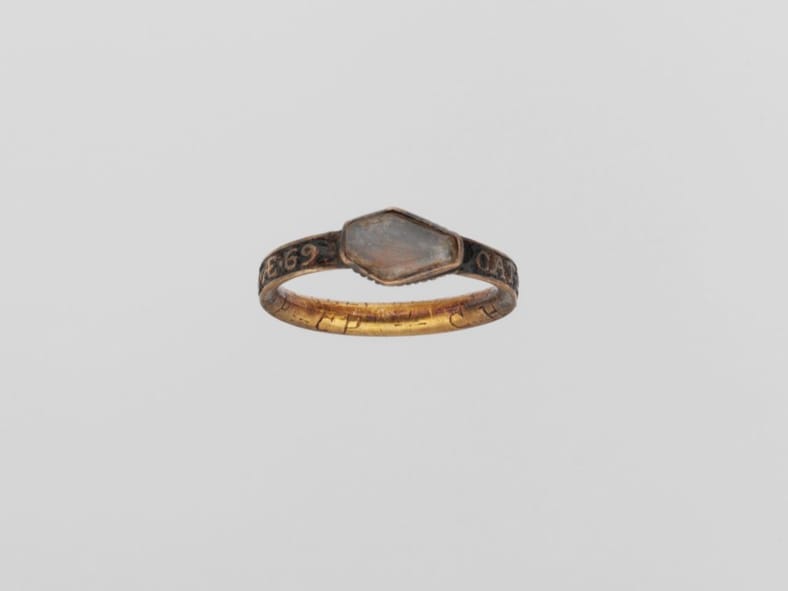
Rather than just sending flowers, families often distributed mourning rings to attendees at funerals. These rings featured the deceased’s initials, death date, and sometimes a lock of their hair. Popular especially among the wealthy, they served as both a tribute and a social token, making it one of the more personal funeral customs from the 18th century.
Related: Mysterious Timekeeping Devices from Antiquity
9. Death Portraits
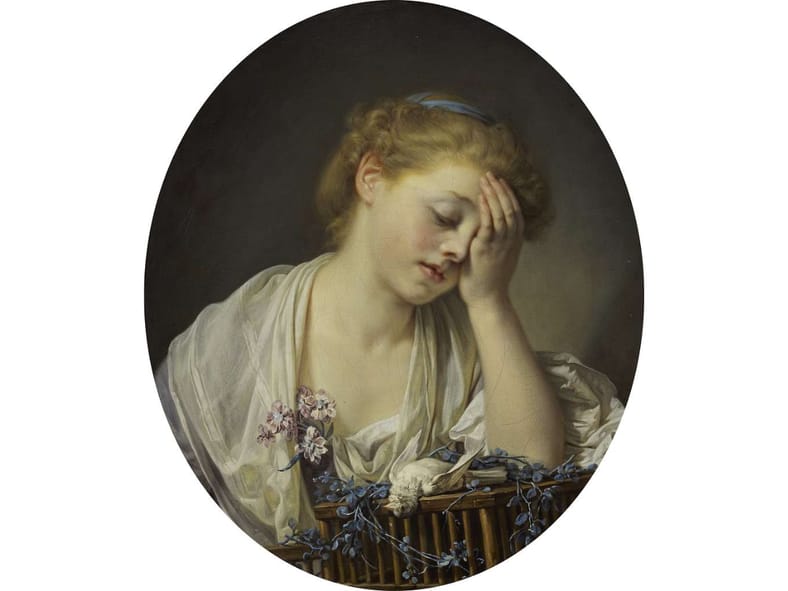
Long before photography, families would commission portraits of their loved ones, sometimes even after death. These “deathbed portraits” or post-mortem paintings captured the deceased in lifelike poses, often painted to make them appear peacefully sleeping. It was one of the few visual mementos families had.
Check out: Strange Victorian-Era Games for the Parlour
8. Sin-Eaters
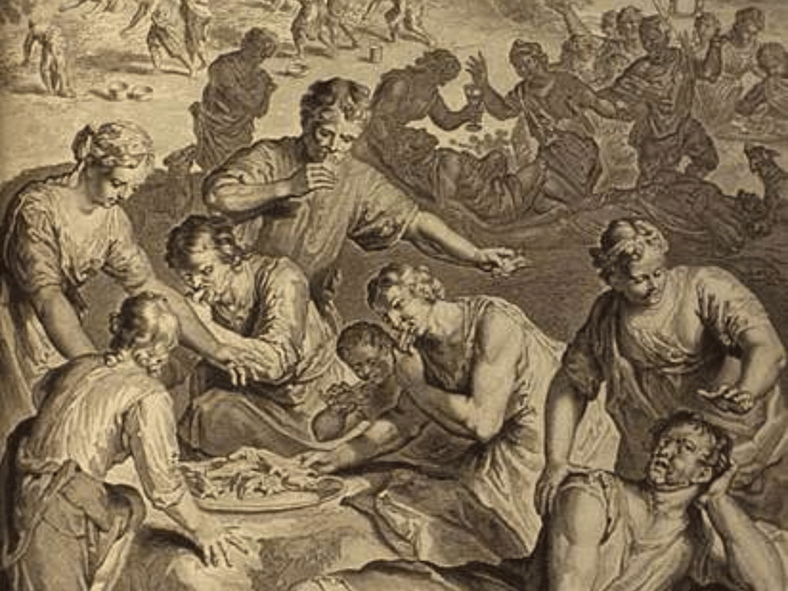
In some rural parts of Britain and Wales, families would hire a “sin-eater” to consume a meal placed on the chest of the deceased. The belief was that the sin-eater would absorb the sins of the dead and allow their soul to pass on cleansed. This spiritual externalizing of guilt was among the more chilling funeral customs from the 18th century.
Also read: Unbelievable Stories of Survival From History
7. Coffin Portraits
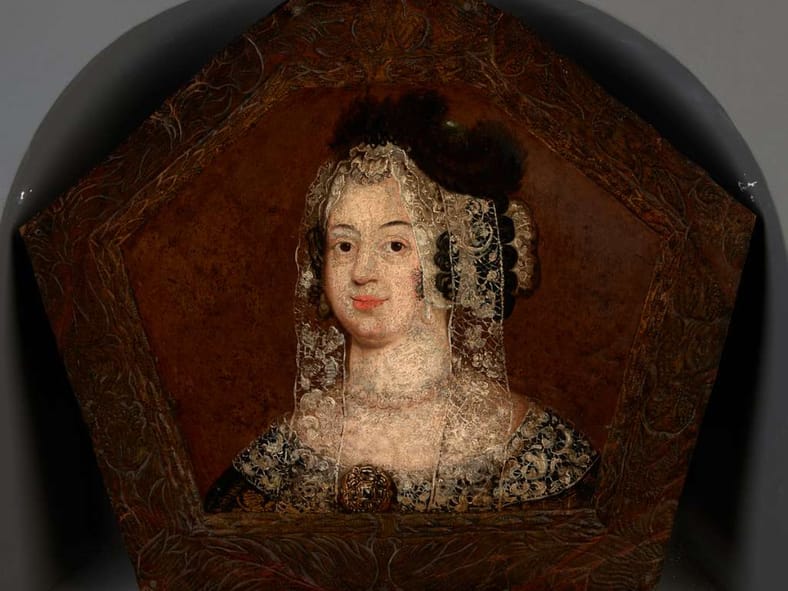
In Eastern Europe, especially in Polish-Lithuanian territories, it was customary to place a painted metal portrait of the deceased on the lid of their coffin. These portraits weren’t just memorials, but they were also intended to “watch over” the mourners during the ceremony.
Related: Fun Facts About American History You Didn’t Know About
6. Widows’ Mourning Dress Code
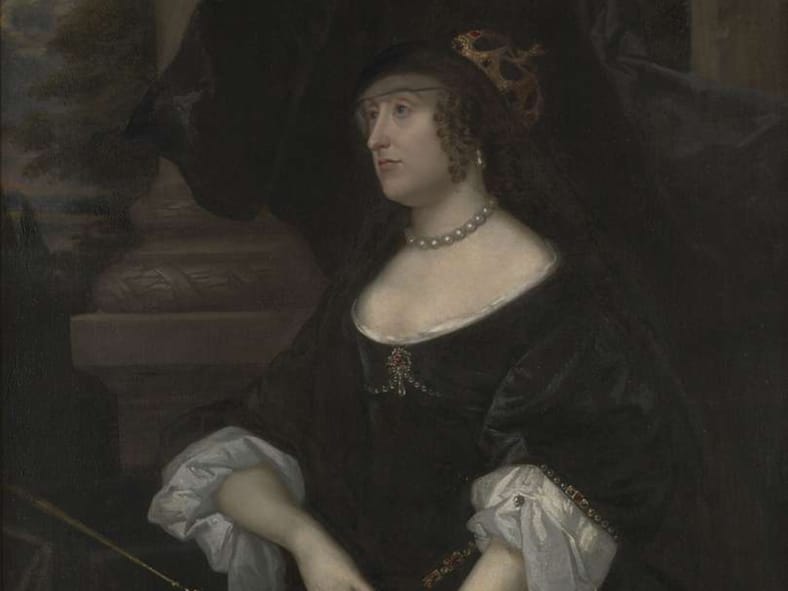
Grieving wasn’t just emotional, it was a strict social obligation. Widows were expected to wear full black attire for at least two years, often including veils, gloves, and even black parasols. Failure to adhere to mourning fashion norms could damage one’s social reputation. It was one of the most visibly enforced funeral customs from the 18th century.
5. Funeral Feasts and Boozy Wakes
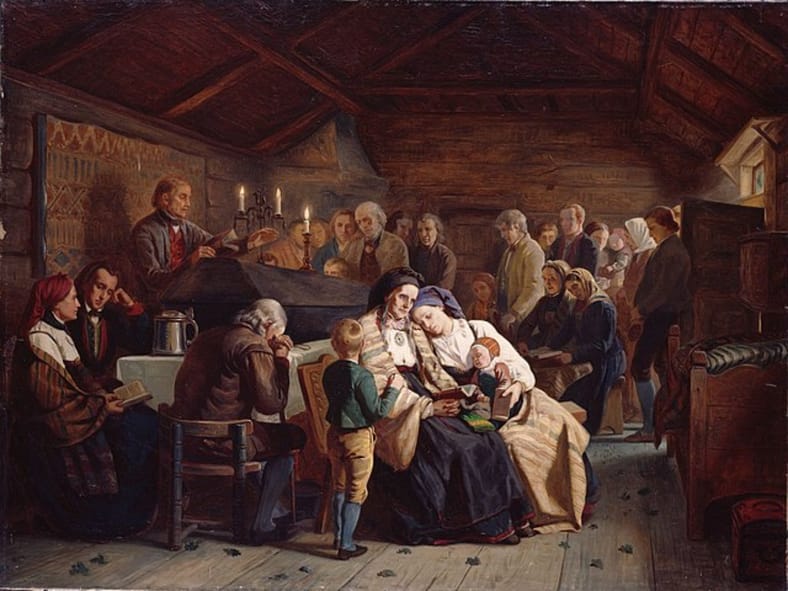
Though solemn in tone, many 18th-century funerals ended in massive feasts, complete with heavy drinking. These gatherings were seen as necessary for community bonding and celebrating the dead’s life. In some Scottish traditions, whisky flowed as freely as the eulogies.
Check out: The Longest Wars in History (And How They Finally Ended)
4. Displaying the Body at Home
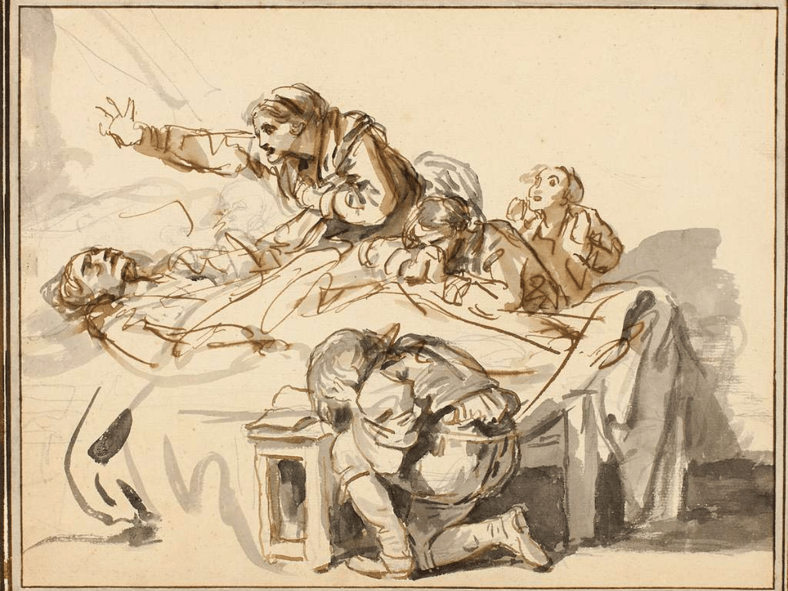
Instead of sending the deceased to a funeral home, families would lay the body out in the parlor or front room for several days. Friends and relatives would stop by to pay respects. These at-home wakes created a more intimate (and sometimes unsettling) atmosphere but were entirely normal for the time.
Also read: The Strangest Foods People Actually Ate in History
3. Bell Ringing to Ward Off Spirits
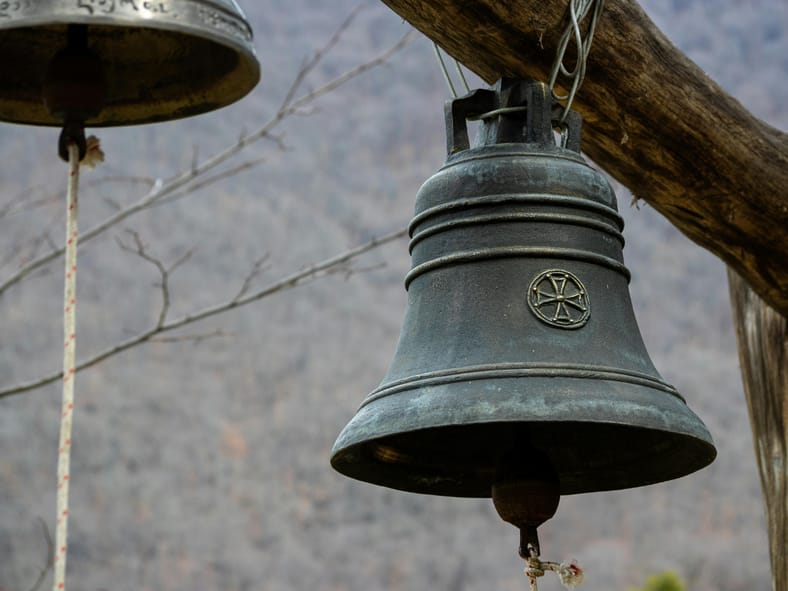
In many towns, the ringing of church bells wasn’t just a signal of passing, it was a protective ritual. The tolling was believed to ward off evil spirits and prevent them from disturbing the soul on its way to the afterlife. This belief gave rise to some of the more superstitious funeral customs from the 18th century.
Related: Secret Societies from History That Still Spark Curiosity
2. Superstitions About Mirrors and Clocks
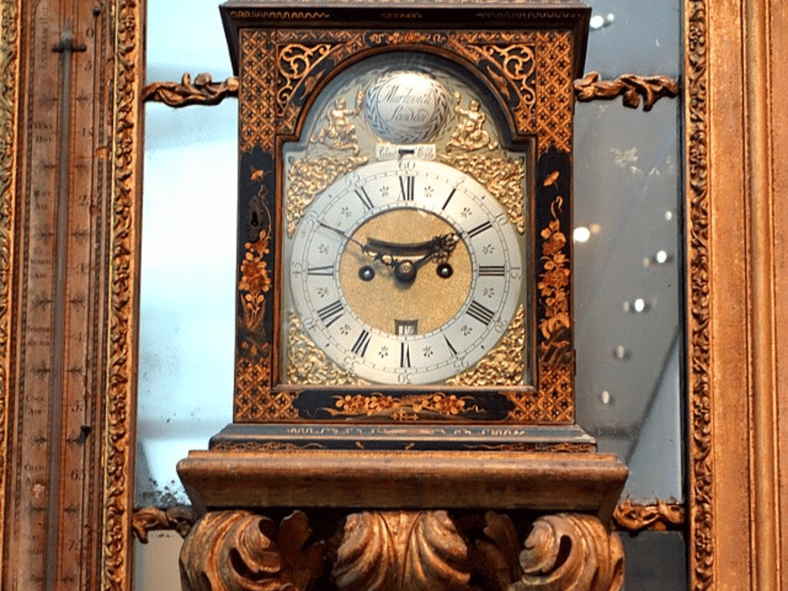
Families would cover mirrors and stop all the clocks in the home as soon as someone died. This was done to prevent the soul from getting trapped in reflective surfaces or to avoid disturbing the timeline of the spirit’s journey. While these customs may seem like myths, they were widely practiced and deeply believed.
Check out: Weirdest Fashion Trends in History That Actually Happened
1. Reusing Coffins
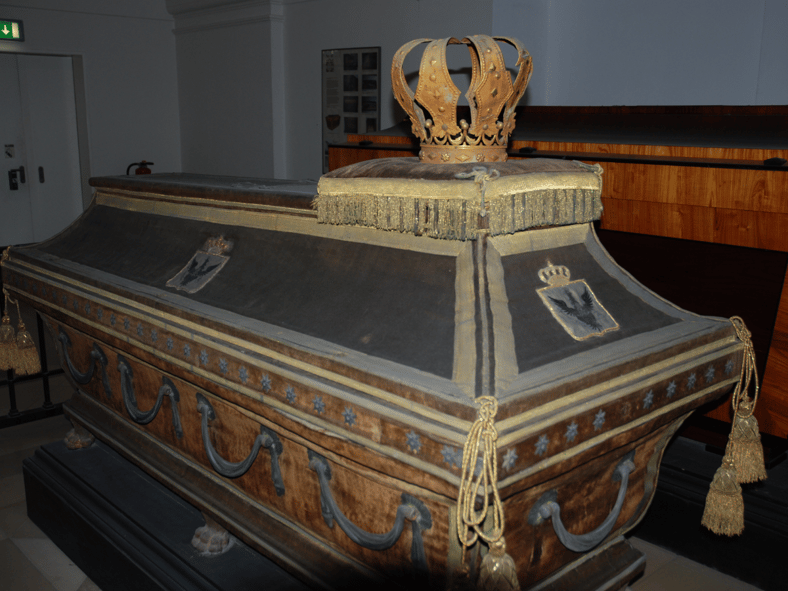
In parts of Europe, especially among the poor or during epidemics, coffins were sometimes built with trap doors so the body could be dropped into the grave while the coffin was reused for future ceremonies. Though disturbing by today’s standards, it was a practical response to limited resources, and became one of the most shocking funeral customs from the 18th century.
More About:History
